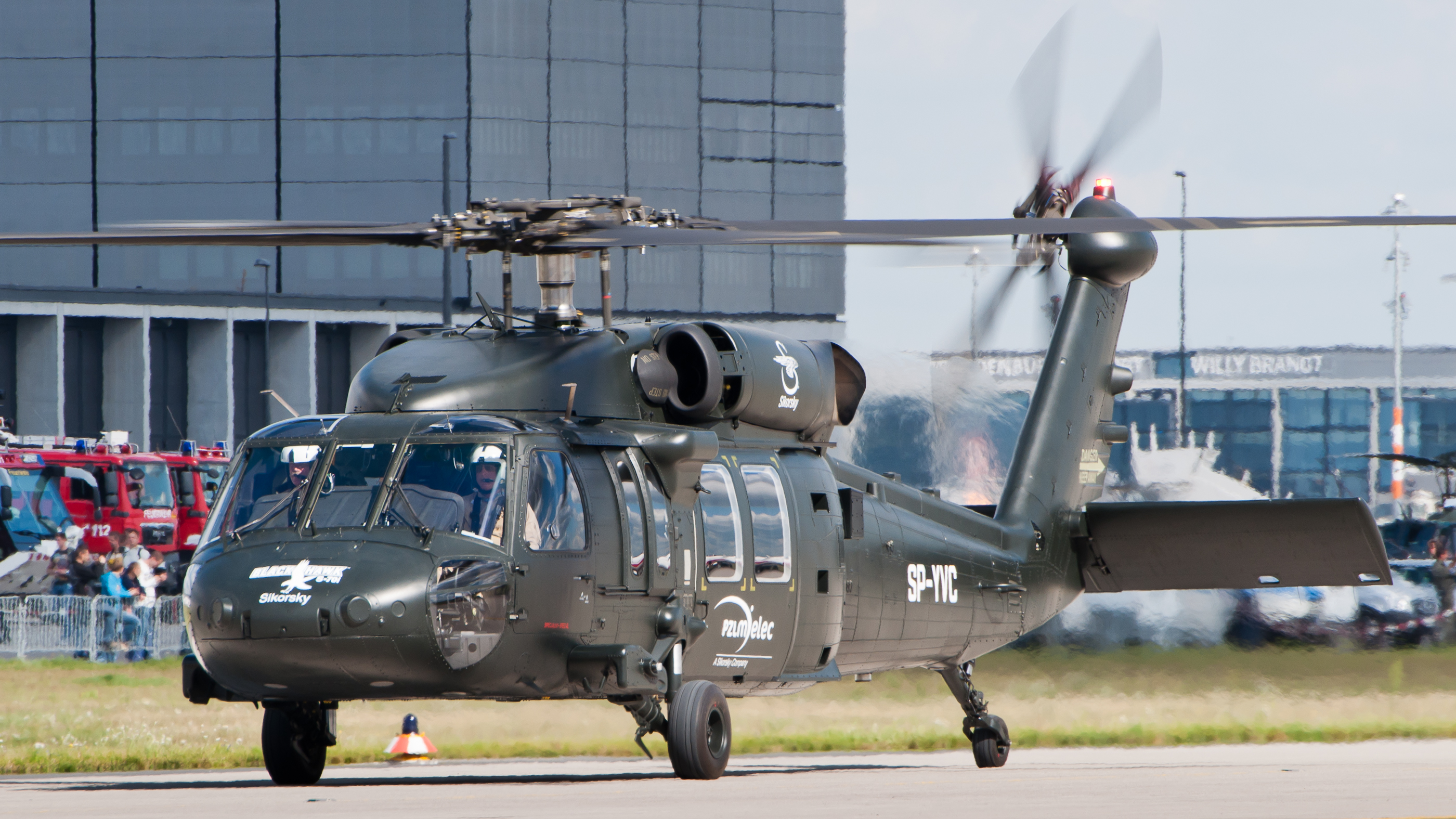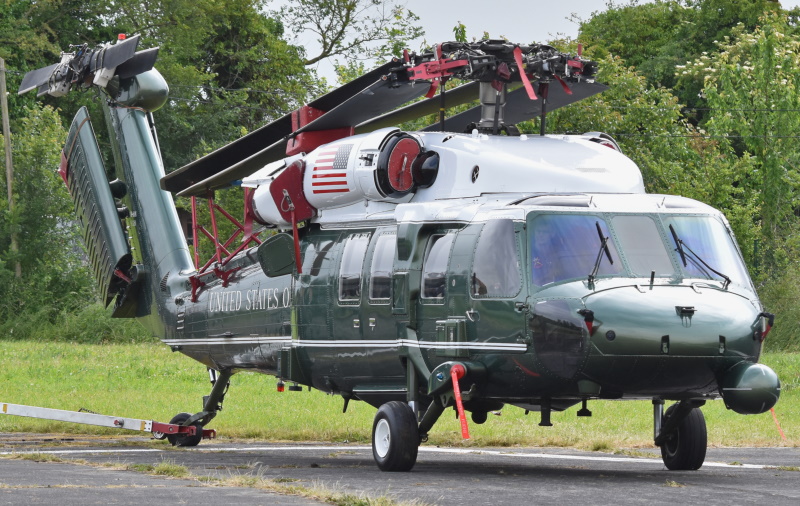Why the Sikorsky S 70 is the Preferred Option for Modern Helicopter Missions
Why the Sikorsky S 70 is the Preferred Option for Modern Helicopter Missions
Blog Article
Modernized Vertical Lift System With Advanced Composite Frameworks and Improved Safety Actions
In the world of vertical lift platforms, a substantial change in the direction of innovation has actually been observed, driven by the combination of innovative composite frameworks and increased safety actions. In exploring the convergence of innovation and security in contemporary lift systems, a compelling narrative emerges, showcasing the potential for transformative developments that provide to the ever-evolving needs of industrial sectors.
Evolution of Vertical Lift Systems

The advancement of vertical lift systems can be traced back to standard pulley systems and early lift designs. In time, technologies such as hydraulic systems, electrical motors, and advanced control systems have greatly boosted the effectiveness and safety and security of these systems. Makers have additionally focused on enhancing the stability, reach, and load-bearing capacities of upright lift platforms to fulfill the diverse requirements of different industries.
Furthermore, the combination of wise modern technologies like sensors, IoT connectivity, and automation functions has actually even more changed the capabilities of modern vertical lift platforms. These technical enhancements not just enhance operational efficiency but also make certain heightened safety requirements for employees making use of these platforms at numerous elevations. The continuous development of upright lift systems emphasizes their crucial role in boosting vertical flexibility across markets.
Combination of Advanced Composite Structures

Moreover, using advanced composite products permits more facility and maximized architectural styles, making it possible for engineers to tailor the system's residential properties to satisfy particular efficiency requirements. This customization can cause improved the rules of aerodynamics, reduced vibrations, and improved total safety during operation. The combination of innovative composite frameworks also contributes to a reduction in upkeep prices and downtime, as these products exhibit excellent resistance to environmental factors and have a longer life span compared to traditional materials. Overall, the incorporation of sophisticated composite frameworks in modern vertical lift platforms stands for a substantial improvement in aerospace modern technology, resulting in extra efficient, trustworthy, and much safer airborne transportation systems.
Improved Precaution Execution
Applying enhanced security steps is important in making sure the optimal efficiency and dependability of modern-day vertical lift systems. These procedures encompass a series of approaches aimed at mitigating threats and improving general More Info security standards. One vital facet of improved safety and security actions is the integration of innovative sensor modern technologies to monitor different parameters in real-time. By utilizing sensing units for functions such as structural health monitoring, tons monitoring, and ecological picking up, possible risks can be identified early, enabling aggressive upkeep and rehabilitative activities.

Industry Applications and Advantages
With improvements in technology and design, improved upright lift systems have actually located varied applications across various sectors, using substantial advantages in efficiency and efficiency. The building and construction sector benefits from upright lift platforms by allowing workers Recommended Reading to accessibility raised areas securely and successfully, enhancing general project timelines.
Additionally, vertical lift platforms play an important role in the repair and maintenance of framework such as bridges, high-voltage line, and structures, allowing professionals to get to unattainable areas with ease (sikorsky s 70). The aeronautics sector additionally leverages these systems for aircraft maintenance and setting up jobs, improving workflow performance and ensuring employee safety at elevations. On the whole, the extensive fostering of modernized vertical lift systems across markets underscores their adaptability and the substantial enhancements they bring to different procedures
Future Trends in Lift System Technology
Integrating sophisticated automation and intelligent features, lift platform modern technology is poised to revolutionize vertical transport systems in the near future. One key fad is the integration of Internet of Points (IoT) modern technology, enabling lift platforms to interact real-time data for predictive upkeep, optimizing performance, and enhancing safety. As lift platform technology proceeds to evolve, these trends are set to shape the future of vertical transportation, making it extra efficient, safe, and straightforward.
Final Thought
Finally, the up-to-date upright lift platform showcases Go Here the advancement of innovation in the sector. By integrating sophisticated composite frameworks and boosted precaution, this system uses increased effectiveness and security for different applications. The sector can benefit substantially from these advancements, and future patterns in lift system modern technology are likely to continue boosting upon these developments for also higher success and efficiency.
In the world of upright lift systems, a substantial change towards modernization has actually been observed, driven by the assimilation of advanced composite frameworks and heightened security actions. The continuous evolution of vertical lift systems emphasizes their crucial duty in improving vertical wheelchair across industries.

The consolidation of innovative composite structures in modern-day vertical lift systems has actually significantly enhanced their architectural honesty and performance abilities. By incorporating these innovative compounds into the layout and building of upright lift systems, suppliers can minimize general weight, increase load-carrying capacity, and boost the platform's longevity and longevity.
Applying enhanced safety measures is critical in making certain the optimum efficiency and reliability of modern upright lift systems.
Report this page